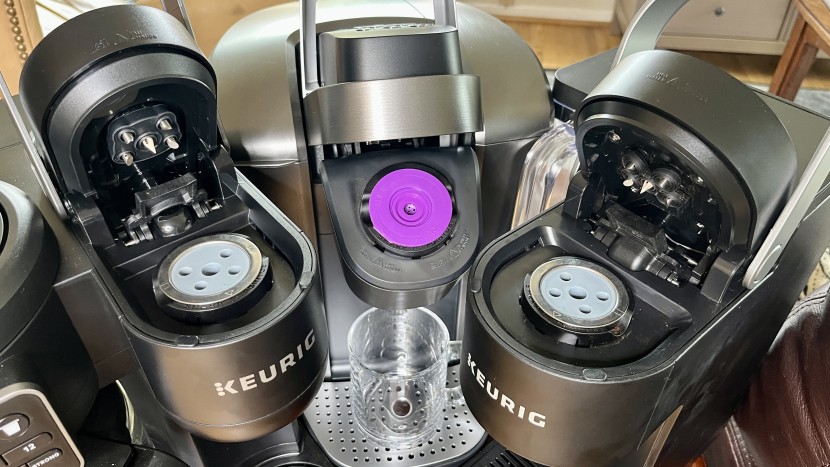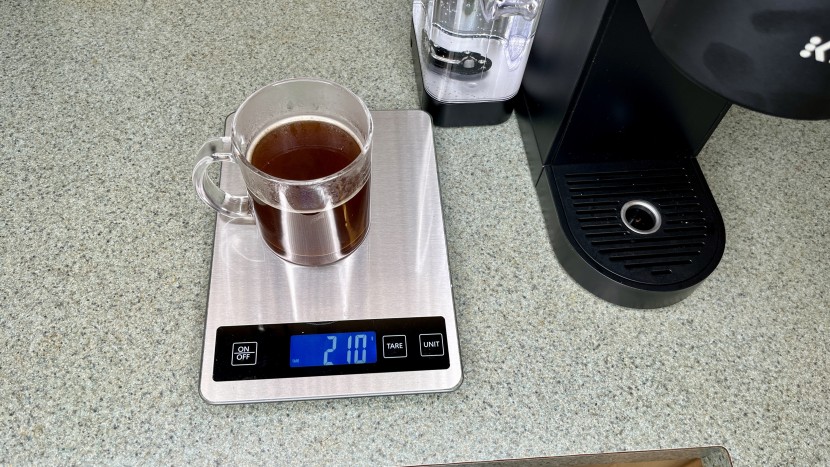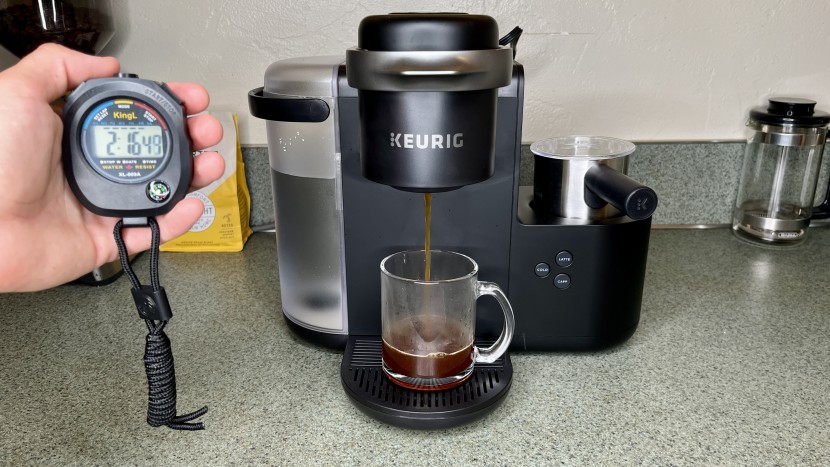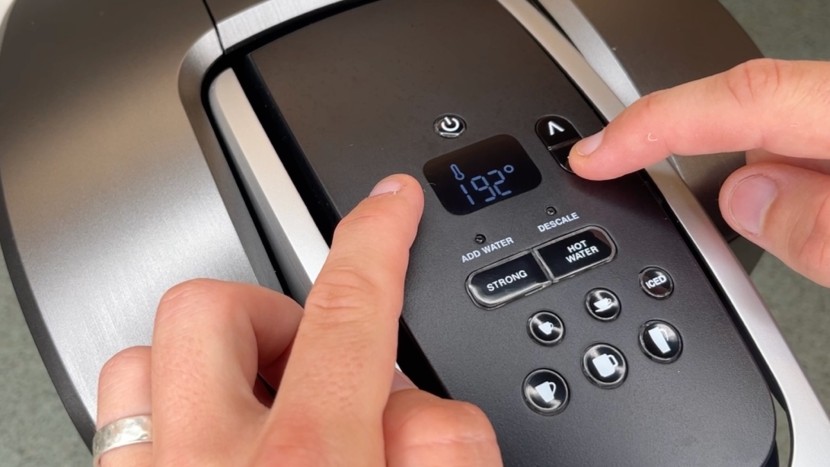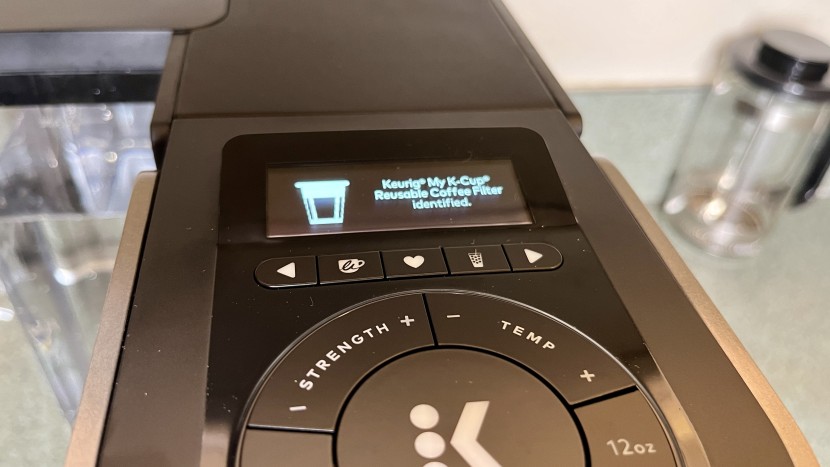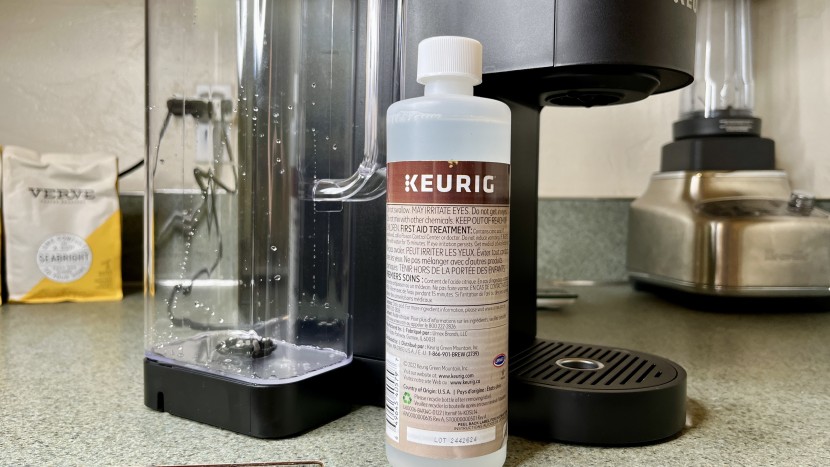Keurig coffee makers have become a staple in the home brewer industry. They deliver convenient single-serve coffee in a few minutes or less. With many Keurig options out there, we understand why it can be overwhelming to find the right brewer. So, we devised a series of evaluations to test each brewer's ability to produce delicious coffee, as well as its brew quality and consistency, brew speed, customization options, ease of use, and cleaning and maintenance requirements.
Taste
We assembled a tasting panel of five individuals to assess the taste of the coffee each Keurig brewed. Our expert testers included a hospitality professional, a former barista, and a former cafe manager. This all-star tasting team sipped and slurped at cup after cup, examining the flavor, mouthfeel, acidity, and finish of each coffee, applying ratings for each. They shared their thoughts on each coffee they tasted. Every coffee was made with the same Verve Seabright coffee blend, measured to 10 grams inside reusable K-Cup pods—the Keurig machines themselves were the only factor affecting the differing flavors. Taste comprised 45% of our overall scoring.
Brew Quality
To assess the brew quality of each machine, we ran each machine through three complete brew cycles, recording the highest coffee temperature reached as the brewing coffee dripped down a thermometer, measuring the liquid volume of the resulting cup, and tracking the consistency of the coffee flavor. We tallied our results and found the standard deviation between the brew cycles for the temperature and liquid volume to assess the consistency of each. For the liquid volume, we also made sure to tare out the cup so we only recorded the liquid weight. For taste consistency, we rated each brewer on how consistent their brews were across the three cycles. Brew quality accounts for 15% of our overall score.
Brew Speed
To test brew speed, we measured how fast each machine was at brewing a cup of coffee from a cold start. This served as a marker for how quickly we could get our first cup of coffee in the morning. To do this, we started a stopwatch when we turned the machine on (or when we plugged it in, if it automatically activated once connected to power) and timed how long it took for the machine to fully warm up and brew a cup of coffee. Then, we measured how fast each machine could brew coffee once it was fully powered on and warmed up, and brew multiple cups. For this, we allowed the machine to be on and warm and then timed three separate brew cycles and found the average time. Brew speed accounts for 15% of our overall Keurig score.
Customization
To rate customization, we considered all of the available features on each Keurig coffee maker, as well as its brew strength options, cup size options, and the number of colors it could be purchased in. With all of these various functions and features accounted for, we determined how customizable each machine's full Keurig experience was. This counts for 10% of our overall score.
Ease of Use
Keurigs are known for their convenience. Out of the gate, we knew that all of these machines were going to be relatively easy to use, at least when compared to other more complex coffee makers. When compared to each other, though, it was obvious that some were easier to use than others. We considered the intuitiveness and ease of navigation of the controls, filling the water reservoir, and storing each Keurig. This accounts for 10% of our overall score.
Cleaning and Maintenance
Lastly, we cleaned each machine and rated this process. Following each brewing procedure, we inspected the amount of splashing that occurred. We then cleaned up the mess, noting the difficulty of doing so. After using each machine, we also searched for fingerprints. All of this factored into what we referred to as daily cleaning. Then, we looked into how streamlined the descaling process was for each. Most Keurigs in our lineup suggest descaling every three to six months. We noted which machines have descaling reminders and built-in modes. This accounts for 5% of our overall score.

